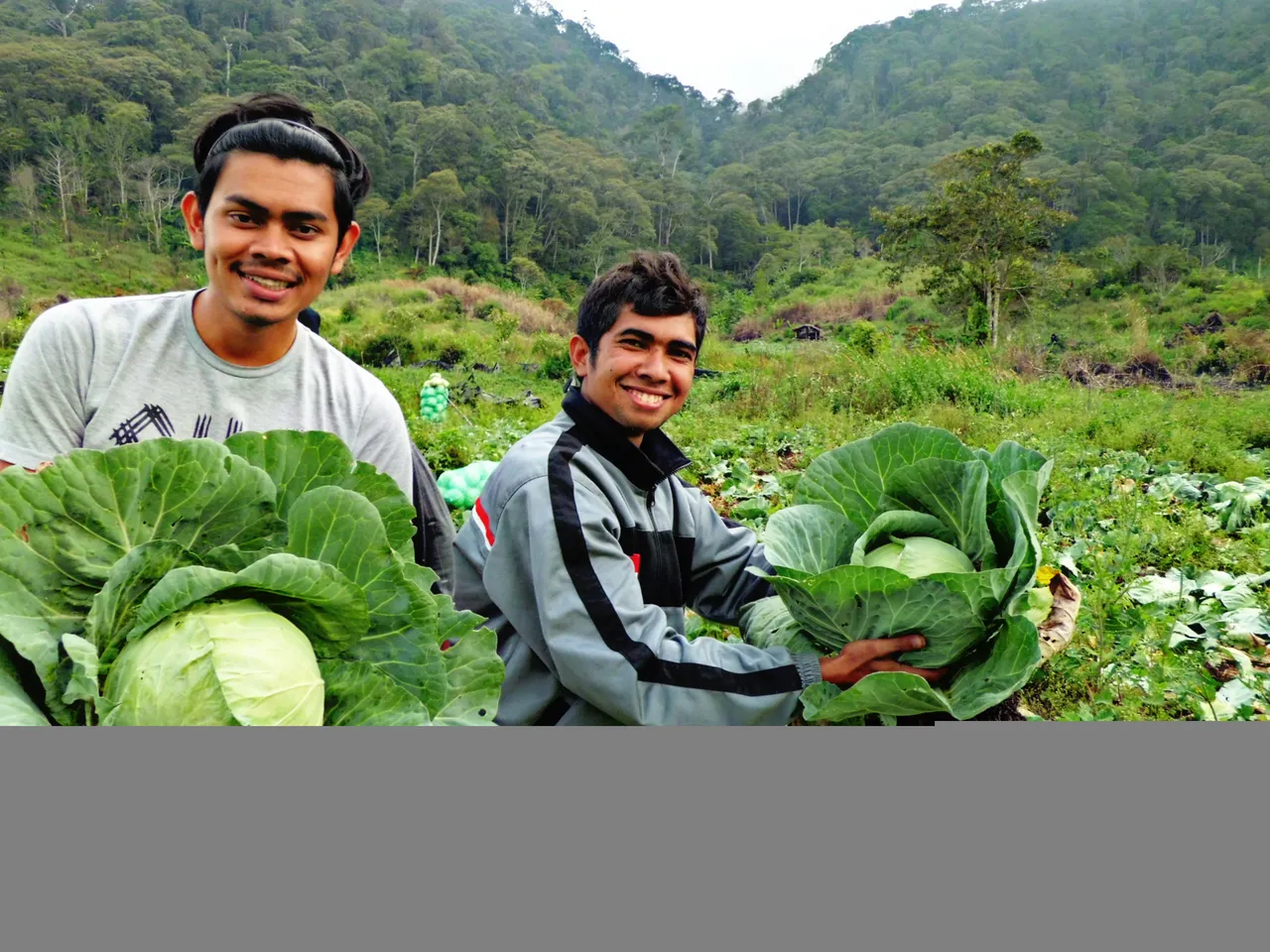Hey, friends, you must be familiar with cabbage or cabbage, right? Yes, this one vegetable is often used as a typical home dish.
Cabbage is a hardy plant and is grown in cold weather. Cabbage will grow enlarged shoots with overlapping broad leaves. These shoots will then enlarge with broad, overlapping leaves. This vegetable which has the scientific name Brassica oleracea capitata has short and fat stems, Mother. Cabbage leaves are usually smooth and wrinkled with a green or reddish-purple color. You can also grow your own cabbage at home. If you want to try planting and caring for it yourself.
Cabbage cultivation is best done in the highlands with an altitude between 1000-3000 masl (from sea level). However, now many are cultivating cabbage in the lowlands. Well, for those of you who want to cultivate cabbage in the lowlands, here are some types of cabbage varieties that are suitable, including Grand 22 (Chia Thai Seed), Green Helmet (Sakata Seed) and so on.


*Nursery
In cabbage cultivation, you have to prepare a place for sowing cabbage seeds. The cabbage nursery is in the form of a bed with a seedling medium of approximately cm thick, which is made from organic fertilizer and fine soil in a ratio of 1:1 and is provided with shade. Then the seeds are soaked in a solution of Frevikur N(0.1%) for approximately 2 hours and then dry. When the place for the nursery is provided, flush it first, then you just spread the seeds evenly on the nursery bed and then cover it with seedling media, it is better to give it shade. Now, after the seeds that have been spread grow, then you move them into a marinade made of banana leaves/plastic pots with the same media.
*Land Preparation
In land preparation, you have to cultivate the soil with a hoe about 20-30 cm deep and make beds longitudinally from West to East with a width of 100-120cm, a height of 30 cm and a length according to the state of the land. The distance between the beds is good to do about 40 cm. Furthermore, after the beds are prepared, do liming (calcite/dolomite lime) 2-4 weeks before planting.
*How to Plant
For how to grow cabbage, you provide a spacing of 50x50 cm for the wide type and 45x65 cm for the upright type. Planting seedlings that already have 3-5 leaves or one month old is done in the morning or evening, one planting hole is filled with one seed.
*Fertilization
In fertilizing you must routinely give fertilizer to cabbage vegetables, for fertilization before planting three days before planting you must provide organic fertilizer in the form of a mixture of fermented chicken manure. Then two weeks after planting you also give supplementary fertilizers in the form of Urea, SP-36 and KCl. Then four weeks after planting, give additional fertilizer in the form of urea.
*Maintenance
Embroidery is done on damaged (unhealthy) or dead plants, until the plants are 10 days old. Weeding at the age of 2 and 4 weeks after planting was adjusted to the state of the weeds. Peempelan as early as possible so that the size and quality of flowers is formed optimally. After the flower mass is formed, the old leaves are tied so that the flower mass is shaded from sunlight to maintain the flower color so that it remains white. Irrigation and watering are given in the morning or evening. In the dry season watering 1-2 times a day, especially during the early growth phase and flower formation.
*Pest and Disease Control
Control of Pests and Plant Diseases: in an integrated way: crop rotation with plants other than the Cruciferae family, spreading natural enemy microbes. Disease control is carried out by selecting disease-free seeds, garden sanitation, crop rotation, avoiding plants from mechanical damage/insect bites, sterilizing seedling media/garden land, liming acid soil and removing diseased plants. If you have to use pesticides, use pesticides that are safe and easily biodegradable, such as biological pesticides, vegetable pesticides or synthetic pyrethroid pesticides. The use of these pesticides must be carried out correctly, both the selection of the type, dose, spray volume, application method, interval and time of application.
*Harvest and Post-harvest
Plants are harvested when the flowers are dense and compact. This is done by cutting the base of the stem and leaving 6-7 leaves for wrapping flowers. Newly harvested plants, placed in a shady place so as not to wither quickly. Sorting is done to separate old, rotten or diseased plant parts. Storage using bamboo basket containers, plastic containers or cardboard with holes to maintain air circulation.
That's information about how to cultivate lettuce that is good and correct so that the results you get are as expected and can add promising profits, hopefully it can be useful and add to your insight, Good luck!